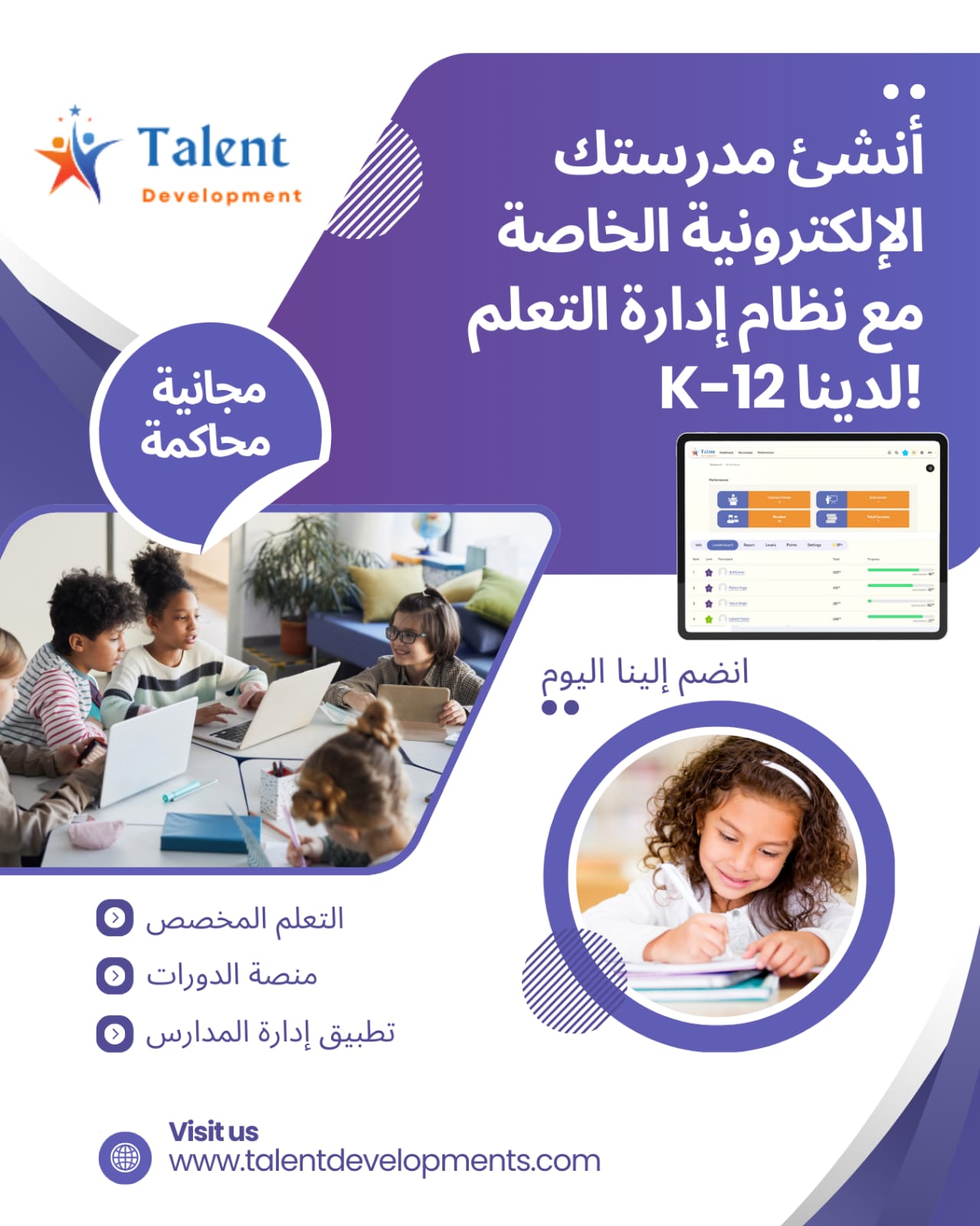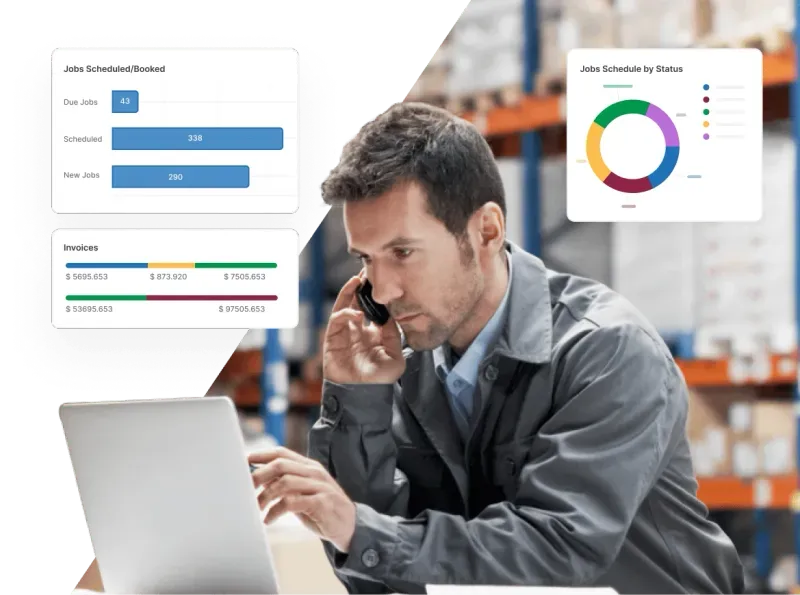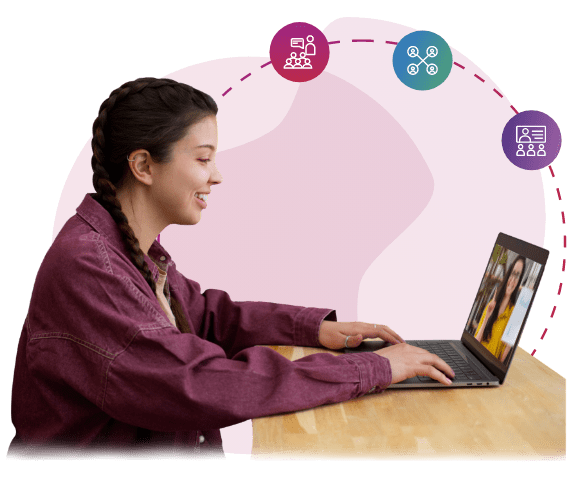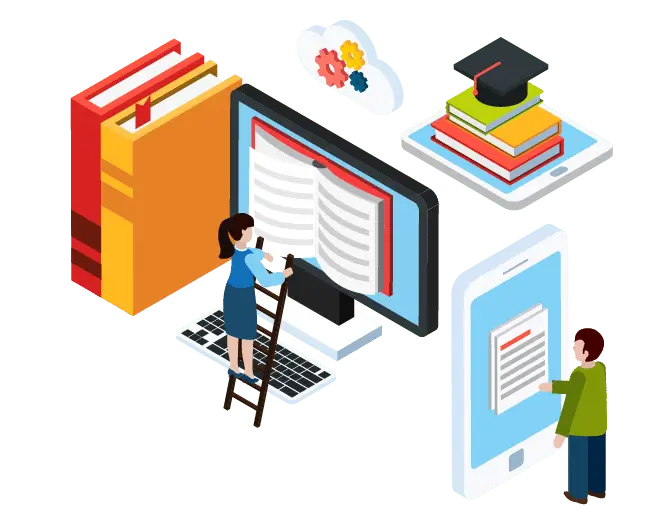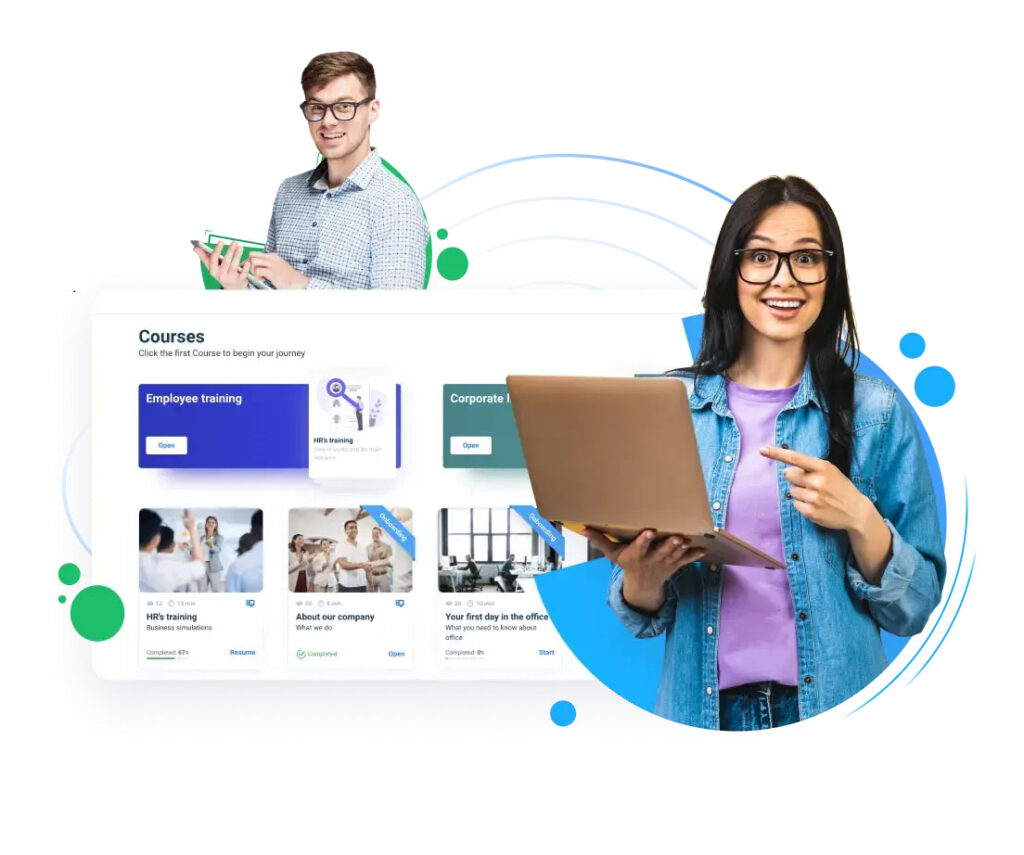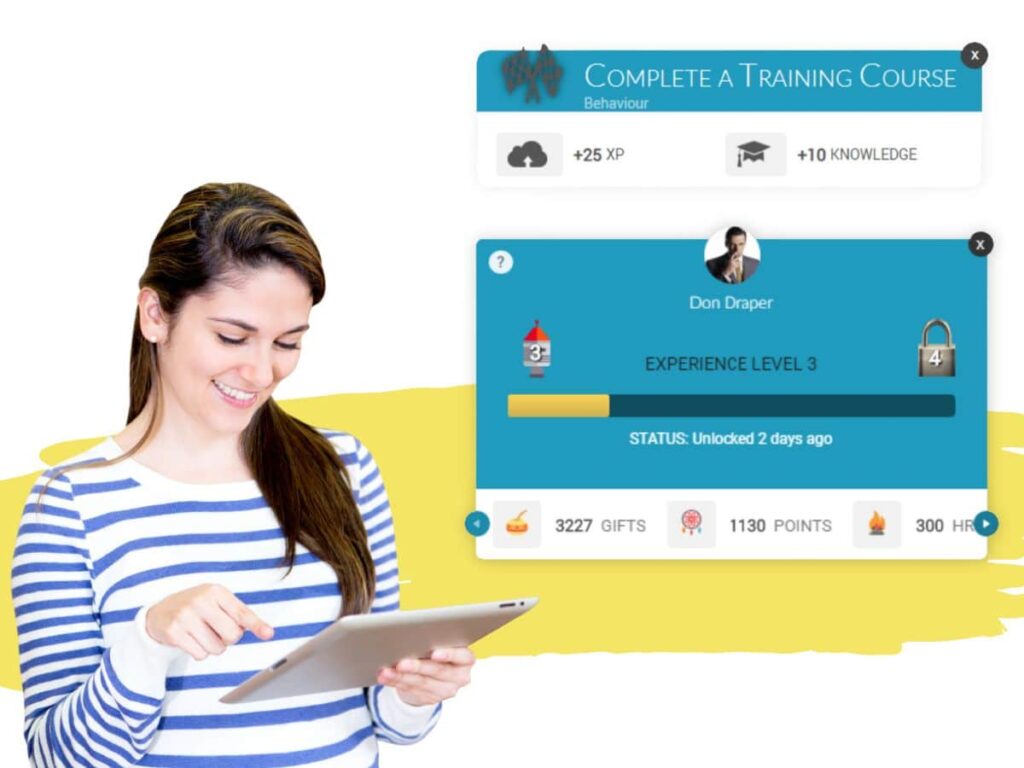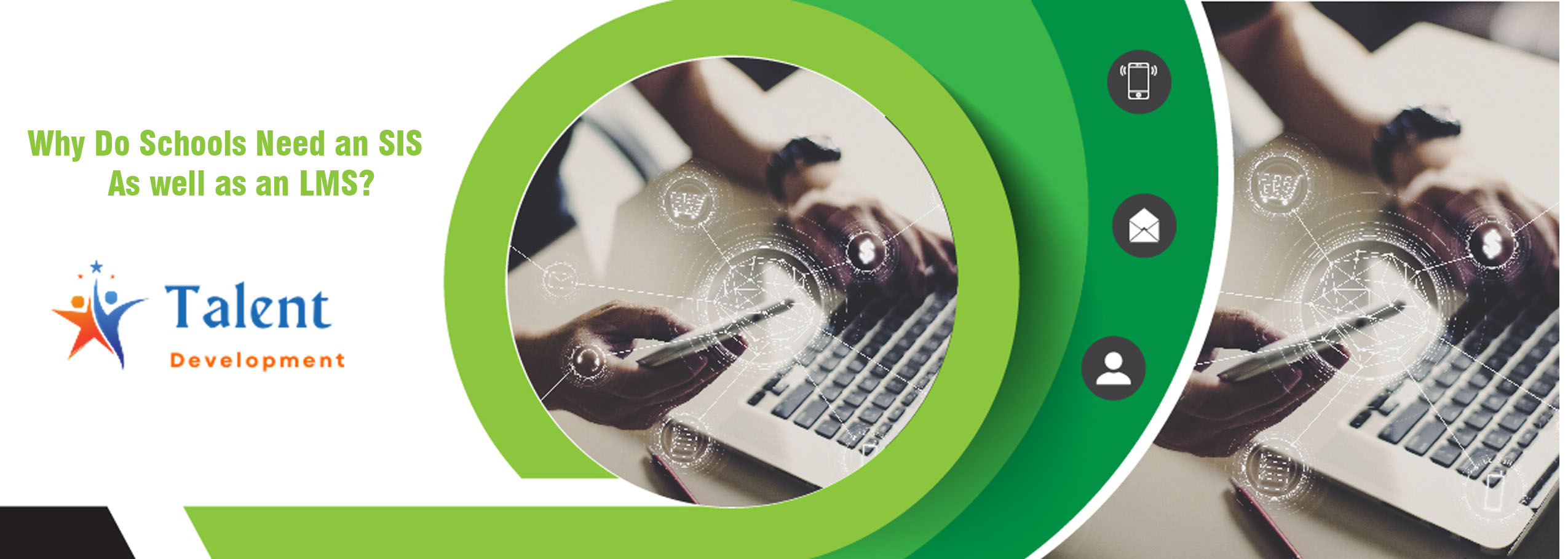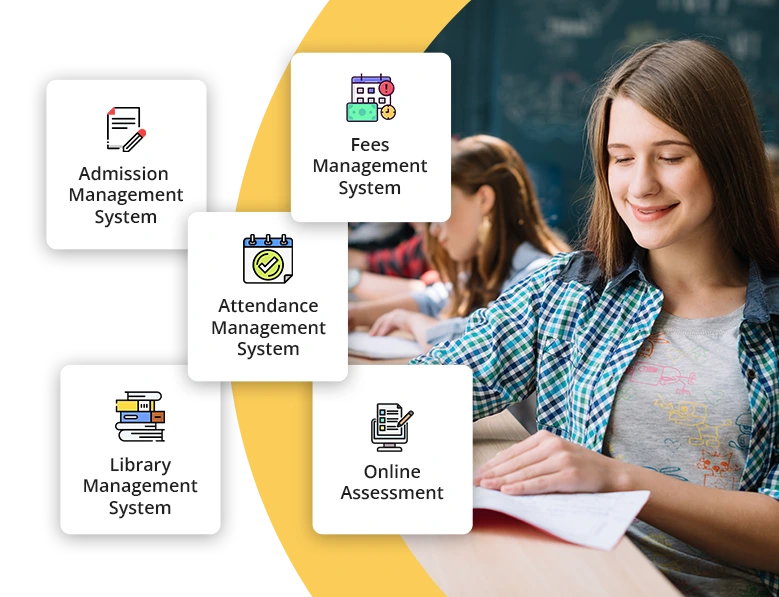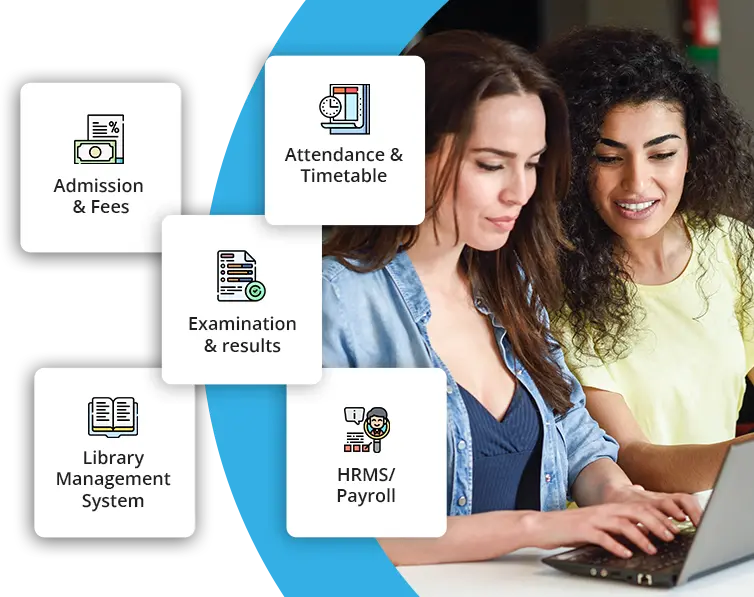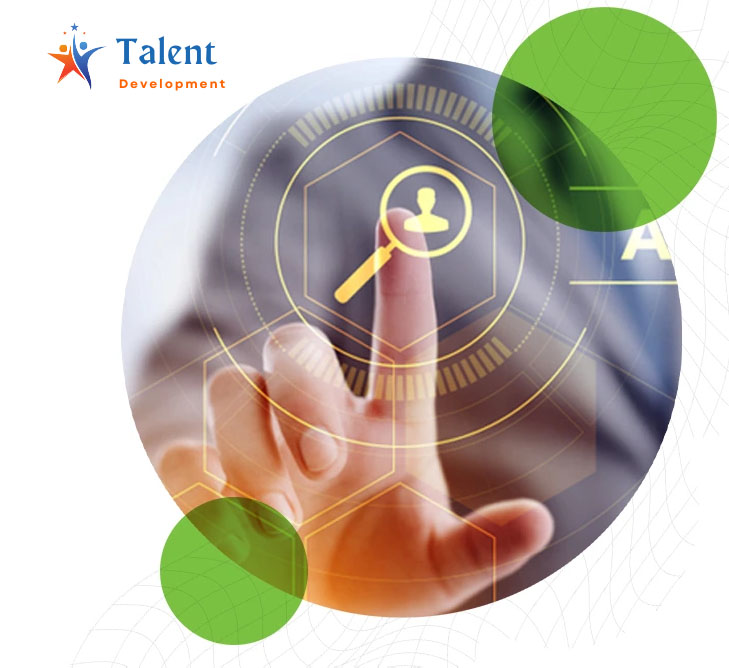How to Select the Best LMS for Schools: A Comprehensive Guide
How to Select the Best LMS for Schools
A Comprehensive Guide
How to Select the Best LMS for Schools
How to Select the Best LMS for Schools: A Comprehensive Guide by Talent Developments
In today’s digital-first era, technology has become an integral part of education. Learning Management Systems (LMS) have emerged as indispensable tools for schools seeking to enhance teaching and learning experiences while streamlining administrative processes. However, with a multitude of options available in the market, selecting the best LMS for schools can be a daunting task. At Talent Developments , we understand the complexities involved in choosing the right platform. Our mission is to guide educational institutions through this critical decision-making process, ensuring they select an LMS that aligns perfectly with their goals and needs.
Why Choosing the Right LMS Matters
Before diving into the selection process, it’s essential to understand why choosing the right LMS is so crucial. An LMS is more than just software
it’s the backbone of your school’s digital ecosystem. It impacts everything from student engagement and academic outcomes to teacher efficiency and parental involvement. Here are some reasons why selecting the best LMS is vital:
Enhances Teaching and Learning : A well-designed LMS provides educators with tools to create engaging lessons, deliver personalized instruction, and track student progress effectively.
Supports Blended and Remote Learning : In an age where hybrid learning models are becoming increasingly common, an LMS ensures continuity of education regardless of physical location.
Streamlines Administrative Tasks : From attendance tracking to grading and reporting, an LMS automates many routine tasks, freeing up time for teachers to focus on what matters most—teaching.
Facilitates Communication : Modern LMS platforms enable seamless communication between teachers, students, and parents, fostering collaboration and transparency.
Future-Proofs Your Institution : Investing in a scalable and adaptable LMS prepares your school for future technological advancements and evolving educational trends.
Given these benefits, it’s clear that choosing the wrong LMS can hinder progress and lead to wasted resources. Therefore, careful consideration is paramount.
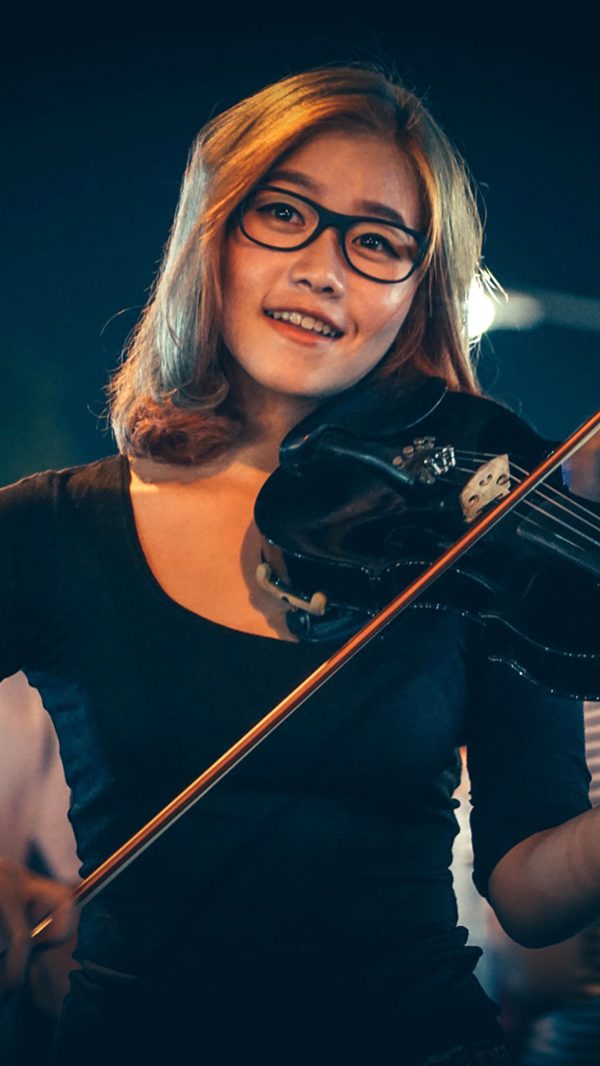


To ensure you select the best LMS for your school, it’s important to evaluate several critical factors. Below, we outline the key considerations and provide insights into how Talent Developments’ LMS excels in each area.
1. User-Friendly Interface
A user-friendly interface is non-negotiable when selecting an LMS. If the platform is difficult to navigate, both teachers and students may struggle to use it effectively, leading to frustration and underutilization.
- What to Look For : Ensure the LMS has a clean, intuitive design with minimal learning curves. Features like drag-and-drop functionality, customizable dashboards, and responsive layouts are indicators of good usability.
- How Talent Developments Delivers : Our LMS boasts a sleek, modern interface that caters to users of all technical skill levels. Teachers can easily upload resources, create assignments, and monitor student activity, while students enjoy a seamless experience accessing materials and submitting work.
2. Customization and Flexibility
Every school has unique requirements based on its size, curriculum, and teaching philosophy. The ideal LMS should be flexible enough to adapt to these specific needs.
- What to Look For : Check if the LMS allows customization of features, branding, and workflows. It should also support integration with third-party tools commonly used by your institution.
- How Talent Developments Delivers : Our platform offers extensive customization options, enabling schools to tailor the LMS to their exact specifications. Whether it’s aligning with state curriculum standards or integrating with Google Classroom and Microsoft Teams, we’ve got you covered.
3. Scalability
As your school grows, your LMS must grow with you. Scalability ensures that the platform remains effective even as enrollment increases or new grade levels are added.
- What to Look For : Verify whether the LMS can handle increased user loads without compromising performance. Additionally, check if it supports multi-campus setups and centralized administration.
- How Talent Developments Delivers : Built on cutting-edge cloud infrastructure, our LMS scales effortlessly to accommodate growing institutions. Its modular architecture allows for incremental upgrades without disrupting existing operations.
4. Engagement and Interactivity
Student engagement is directly linked to academic success. An LMS that prioritizes interactivity and multimedia-rich content can significantly boost motivation and participation.
- What to Look For : Look for features such as gamification elements, discussion forums, quizzes, polls, and video embedding capabilities. These tools keep students actively involved in their learning journey.
- How Talent Developments Delivers : Our LMS includes robust engagement tools like interactive whiteboards, gamified assessments, and collaborative projects. Teachers can leverage these features to create dynamic, immersive lessons that captivate students’ attention.
5. Assessment and Analytics
Data-driven decision-making is essential for improving educational outcomes. An LMS equipped with advanced assessment and analytics tools provides valuable insights into student performance.
- What to Look For : Seek an LMS that offers real-time reporting, automated grading, and detailed analytics dashboards. The ability to generate actionable reports is particularly important for identifying areas for improvement.
- How Talent Developments Delivers : Our LMS provides comprehensive analytics that give educators a 360-degree view of student progress. From quiz scores to assignment completion rates, every metric is presented in an easy-to-understand format, empowering data-informed strategies.
6. Security and Compliance
Protecting sensitive student and teacher data is a top priority. Your chosen LMS must adhere to strict security protocols and comply with relevant regulations.
- What to Look For : Confirm that the LMS complies with data protection laws like FERPA (Family Educational Rights and Privacy Act) and COPPA (Children’s Online Privacy Protection Act). Encryption, secure login methods, and regular audits are also essential.
- How Talent Developments Delivers : Security is embedded into the core of our LMS. We employ military-grade encryption, two-factor authentication, and role-based access controls to safeguard data. Additionally, our platform is fully compliant with global privacy standards.
7. Cost and Value
Budget constraints often play a significant role in LMS selection. While cost is a factor, it’s equally important to assess the value offered by the platform.
- What to Look For : Evaluate not only the upfront costs but also long-term expenses such as licensing fees, maintenance charges, and training costs. Consider the ROI based on improved efficiency and outcomes.
- How Talent Developments Delivers : We offer competitive pricing plans tailored to schools of all sizes. With transparent pricing and no hidden fees, our LMS delivers exceptional value by combining affordability with premium features.

Common Challenges in LMS Selection
While understanding the key factors is crucial, being aware of potential challenges can further aid your decision-making process. Some common hurdles include:
- Overwhelming Options: The sheer number of LMS providers can make it difficult to narrow down choices. Conduct thorough research and prioritize platforms that meet your specific criteria.
- Resistance to Change: Teachers and staff may resist adopting new technology due to fear of complexity or disruption. Address this challenge by emphasizing ease of use and providing adequate training.
- Integration Issues: Poor integration with existing systems can lead to inefficiencies. Always verify compatibility before committing to an LMS.
- Lack of Long-Term Vision: Focusing solely on immediate needs without considering future growth can result in costly upgrades later. Choose an LMS that aligns with your school’s long-term strategic goals.
At Talent Developments, we don’t just offer an LMS—we provide a transformative solution designed to elevate your school’s educational standards. Here’s why our platform stands out:
Tailored for K-12 Education : Unlike generic LMS platforms, ours is specifically engineered for primary and secondary schools, addressing the unique challenges faced by this demographic.
Proven Track Record : With years of experience serving schools worldwide, we have honed our product to perfection. Our satisfied clients testify to the platform’s reliability and effectiveness.
Dedicated Support Team : Our customer support team is available around the clock to assist with any queries or issues, ensuring uninterrupted service.
Continuous Innovation : We invest heavily in R&D to stay ahead of industry trends. Regular updates introduce new features and enhancements, keeping your LMS cutting-edge.
Community Building : Beyond software, we foster a community of educators who share best practices and collaborate on innovative teaching methods. This network amplifies the impact of our LMS.
Steps to Implementing Your Chosen LMS Successfully
Selecting the best LMS is only half the battle; successful implementation is equally important. Follow these steps to ensure a smooth rollout:
Plan Thoroughly : Develop a detailed implementation plan outlining timelines, responsibilities, and milestones.
Train Users : Provide comprehensive training sessions for teachers, students, and administrators to familiarize them with the platform.
Pilot Testing : Run a pilot program with a small group of users to identify and address any issues before full-scale deployment.
Gather Feedback : Collect feedback from early adopters to refine the system and address concerns proactively.
Monitor Progress : Continuously monitor usage patterns and gather data to measure the LMS’s impact on teaching and learning.
Start your future today
Choosing the best LMS for your school is a pivotal decision that can shape the future of education within your institution. By carefully evaluating factors such as usability, customization, scalability, and security, you can identify a platform that meets your unique needs. At Talent Developments , we’re proud to offer an LMS that ticks all the boxes, empowering schools to deliver exceptional education while optimizing operational efficiency.
Ready to take the next step?
Contact us today to schedule a demo or request more information about our award-winning LMS. Together, let’s build a brighter future for education—one innovative solution at a time.




